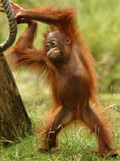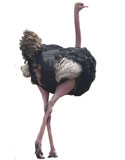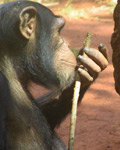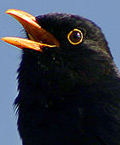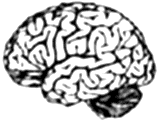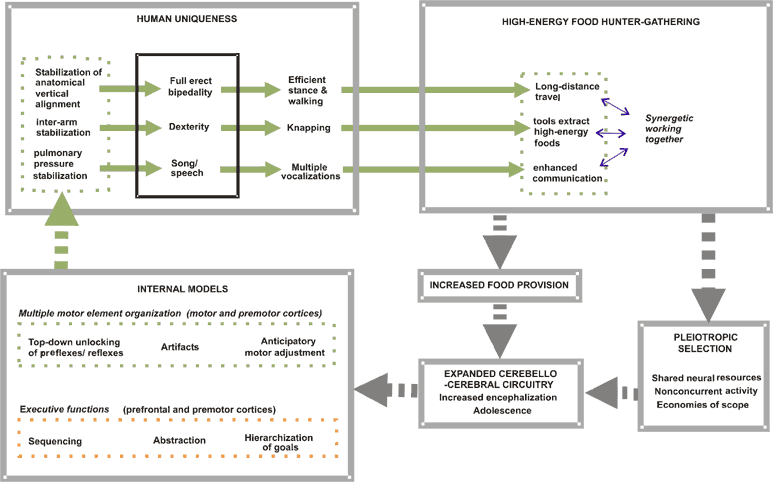 |
BIPEDALITY—we
are the only animal that stabilizes our body as
a column from head to ankle in vertical anatomical
alignment. The weight of each
body segment as a result is positioned over the next lower one. In
normal standing, they are balanced. This requires lots of
adjusting micro stabilizing movements. In all other animals
(including slightly in ostriches), limbs and body are bent so that body
weight is
held in tension by muscles—this allows for a much simpler means of
keeping the body upright.
|
 |
DEXTERITY—we
anticipatorily coordinate the actions of our two hands so they work
together. The so-called nondominant one stabilizes spatial location
while the dominant one specializes in making stable but accurate
kinetic force. For instance, stone tool knapping requires an exquisite
stabilizing of the position of a core stone at the moment that a
hammerstone (held by the dominant hand) impacts it to flake a chip.
Bonobos have been taught to knap but this complex manual stabilization is
beyond them.
|
 |
SPEECH/
SONG—birds
sing with mini-breaths between their song
notes. When we
sing and speak, we string our vocalizations upon one single long
outbreath. Hidden away, the pressure of our lungs below our vocal cords
is exquisitely stabilized as it is released. No other animal including
all birds can
stabilizes in this way pulmonary pressure and the vocal track. Humans
also do this while synchronizing such stabilized pressure with complex
vocal track movements.
|
